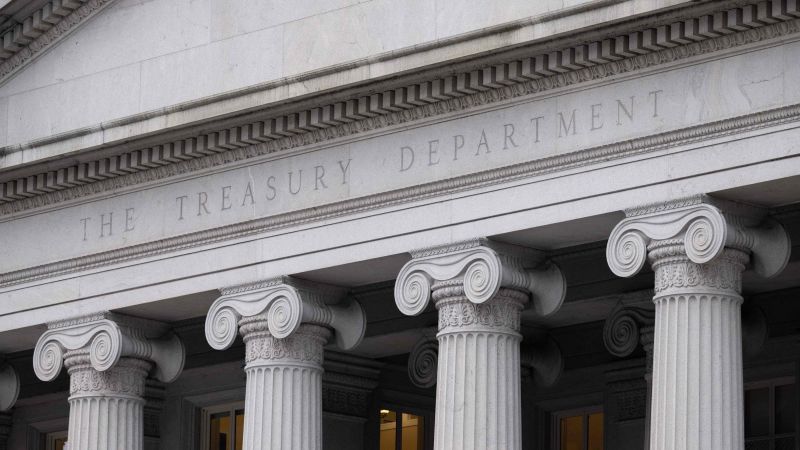As the date that the US could default on its obligations grows closer, the Treasury Department must prepare for an unprecedented situation – figuring out which bills to pay with the money it has on hand if Congress doesn’t act.
One option that Treasury officials have seriously contemplated in past debt ceiling dramas is prioritizing payments, which would entail satisfying certain bills before others. Among the highest priorities would be paying interest and principal on Treasury securities, according to a transcript of a Federal Reserve’s Federal Open Market Committee call during the 2011 debt ceiling crisis.
Treasury has never been forced to implement any contingency plans because lawmakers always addressed the borrowing cap in time. But the threat of default is now looming large – as soon as June 1 – while President Joe Biden and House Republicans remain far apart on a solution to the impasse. The president will meet with congressional leaders on Tuesday to try to find some common ground.
Some Republicans lawmakers are pushing payment prioritization as a way to minimize the fallout from a default, an option the party has supported in the past. But experts say it would be risky on many levels.
For one, it would not avoid the consequences of a default.
“Prioritization is effectively a default by just another name,” Treasury Secretary Janet Yellen told senators at a committee hearing in March. “It’s simply a recipe for economic and financial catastrophe to think we can pay some of our bills and not all of them.”
Even if the agency continued making timely interest and principal payments, rates on Treasury securities would rise, said Chris Campbell, chief policy strategist at Kroll, a financial services firm, and a former assistant Treasury secretary.
“It makes our debt much more expensive because no one’s…
Read the full article here

Leave a Reply